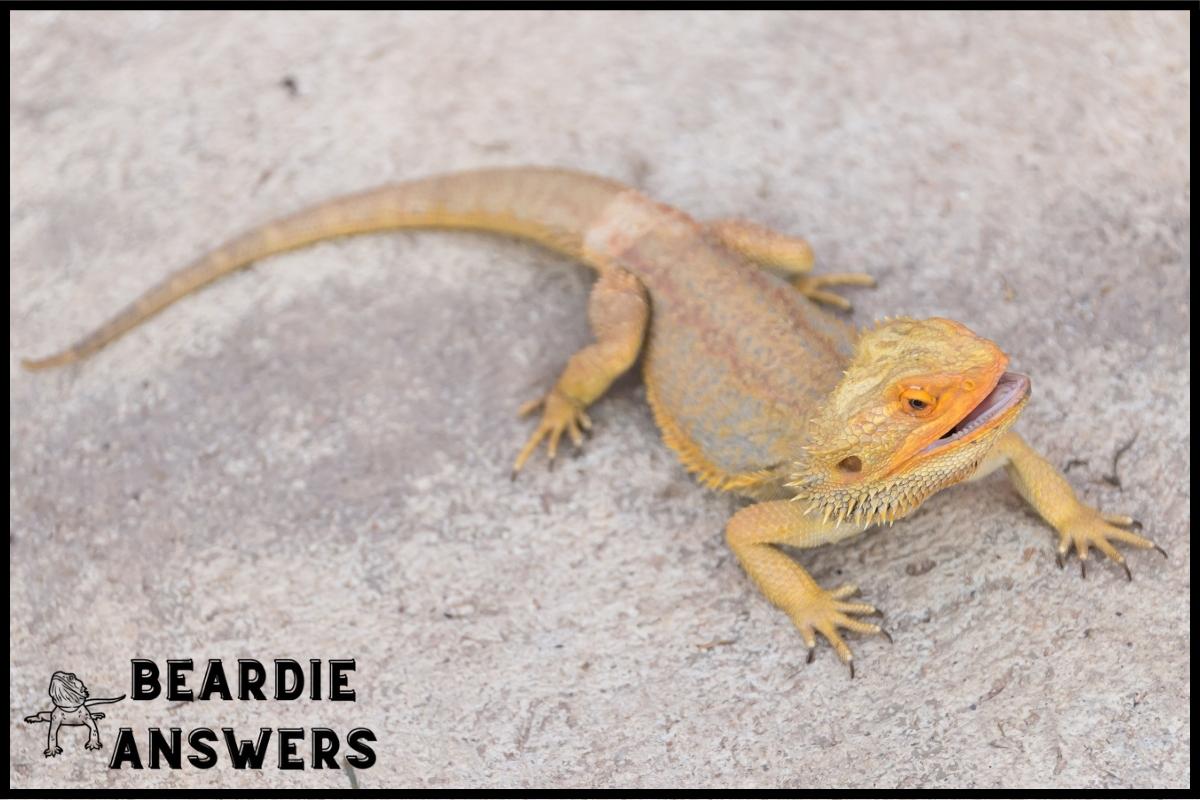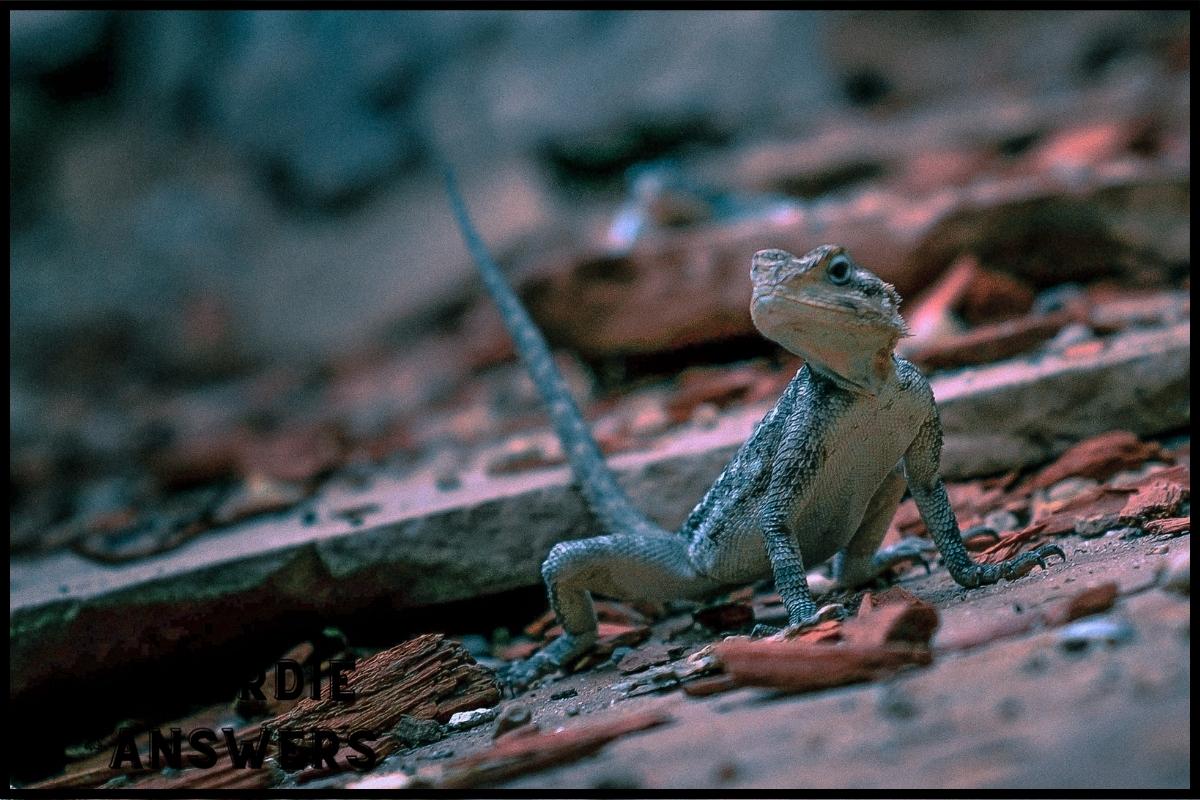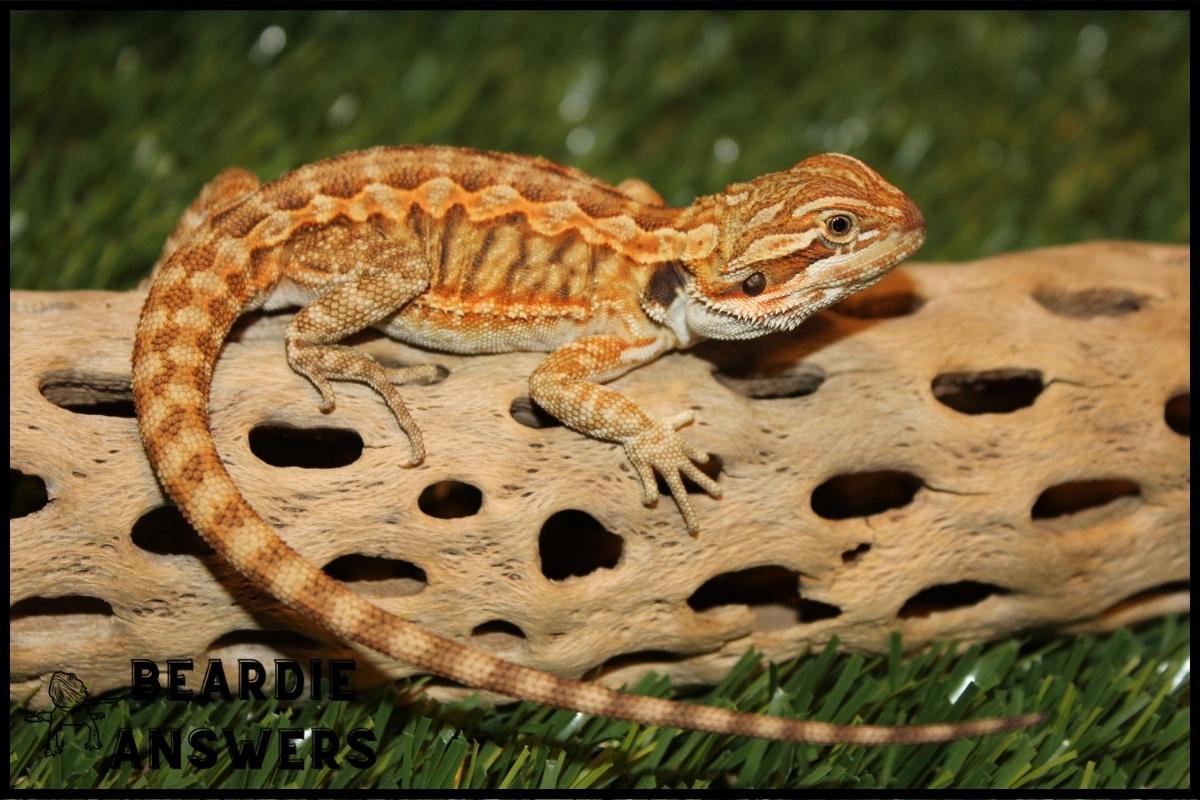How do I know if my bearded dragon is happy: Bearded dragons are generally happy and content when they are well taken care of. Signs of a happy bearded dragon include a healthy appetite, alertness, and activity. They should be curious and active during the day, but also rest at night. You can also look for signs of stress or illness, such as lethargy, lack of appetite, or unusual behavior. Spending time with your bearded dragon and handling them gently can also help build trust and promote happiness.
What You'll Learn
Understanding Bearded Dragon Behavior
Bearded dragons are fascinating creatures that make great pets. Did you know that there are an estimated 15 million bearded dragon owners in the United States alone? That’s a lot of scaly friends!
To ensure your pet is happy and healthy, it is important to understand their behavior. Heat sources and UV lighting play a major role in keeping your bearded dragon content. Proper temperatures should range from 95-110 degrees Fahrenheit during the day, while night time temperatures can drop anywhere between 72-82 degrees. A basking area with proper UVB light exposure will help promote strong bones and overall health as well.
When it comes to reading body language, understanding how your dragon behaves is key. Bearded dragons often sleep when they feel comfortable or safe; if you notice them sleeping on branches or rocks then this could be a sign they are feeling relaxed and secure in their environment. If they appear more agitated or restless than normal, this could be due to too much heat or not enough stimulation – try introducing some new toys into their enclosure for some extra enrichment!
Additionally, if your beardie seems to be constantly digging around at the bottom of its tank, then it may need more calcium supplements since these reptiles have trouble regulating their own levels naturally.
Finally, one big indicator of happiness is appetite: good eating habits usually mean a satisfied reptile. If your dragon has no interest in food items (especially bugs) then there might be something off within its habitat – check out those temperature settings again! If everything looks fine but hunger still hasn’t kicked in yet, try hand feeding instead – oftentimes physical contact like this helps build trust with your pet which leads to better overall wellbeing.
With all these factors taken into consideration you’ll soon learn how to recognize when your beloved bearded dragon is truly contented.
Body Language
Having a good understanding of your bearded dragon’s behavior is essential in knowing if it’s happy or not. In this section, we’ll go into detail about the body language that will help you identify when your pet is content and thriving.
Bearded dragons have certain behaviors that indicate their happiness. These can include:
- Relaxation time – If your beardie finds a spot to relax and sprawl out with its limbs extended, then chances are they’re feeling pretty comfy!
- Basking spots – Bearded dragons love warm basking spots so much that they may even fall asleep while soaking up some rays — another sign of contentment.
- Activity level – More active dragons tend to be happier than those who just lay around all day. When they explore different areas of their enclosure, climb rocks and branches, or interact with you during playtime, these activities demonstrate vitality and enthusiasm for life.
By keeping an eye on how often your pet engages in these behaviors, you can get a better idea of their overall mood.
So now that we’ve gone over basic body language cues, let’s move onto examining eating habits as another indicator of health and happiness in our scaly friends.
Eating Habits
Let’s talk about types of food and appetite levels for bearded dragons.
I’m interested to know what types of food they eat, and how we can tell if they’re eating enough.
Types Of Food
It’s important to know what types of food your bearded dragon can eat and how to prepare them properly.
Variety is key when it comes to selection, as you want to make sure they get all essential nutrients for a healthy diet.
This means offering different vegetables, fruits, insects, and supplements in their meals.
Preparing the meal should also be done with care – make sure that everything is cut small enough for them to swallow easily and that any fruit or veg has been washed thoroughly first.
With the right variety and careful preparation, your beardie will always have a happy belly!
Appetite Levels
Appetite levels can vary from one bearded dragon to the next, depending on factors such as enclosure size, water availability and more.
Generally speaking though, it’s important for them to eat regularly – a good rule of thumb is to offer food once a day or every other day.
If your beardie doesn’t seem interested in eating, try changing up their diet with different vegetables, fruits and insects; they may just need something new!
You should also make sure that there is enough space in their habitat so that they feel comfortable venturing out to search for food.
With an appropriate appetite level and variety in its meals, your little reptile buddy will be happy and healthy!
Social Interaction
Bearded dragons are social creatures and enjoy interaction with their environment. They may recognize people as friends, especially if they’re handled frequently. Interacting toys can provide mental stimulation for your dragon; things like wicker balls, hide boxes, or hammocks that they can explore will keep them occupied in different ways.
Companion animals such as other reptiles and small mammals should not be introduced to a bearded dragon unless you have the expertise and knowledge of how to do so safely. Be sure to research and consult a veterinarian before considering this option.
It’s important to monitor your pet’s behavior and body language during interactions with others. If they become agitated or display signs of stress, separate them from the situation immediately. With patience and consistency, you can create an enriching environment for your beloved beardie that will bring out its natural curiosity and contentment.
Activity Level
Social interaction amongst bearded dragons is important, as it helps them feel secure and supported. During playtime, they may engage in activities such as chasing each other or wrestling. Additionally, they like to bask in spots that provide sufficient exposure to heat and light.
When it comes to activity level, here are a few things you should look out for:
- An alert demeanor – Bearded dragons tend to be active during the day and sleep at night; if your dragon looks wide awake more often than not, this could be an indication of good health.
- A healthy appetite – Healthy eating habits can influence the overall well-being of your pet. If they’re displaying signs of hunger regularly, then their dietary needs are being met properly.
- Exploratory behavior – Dragons enjoy exploring their environment and will investigate anything new placed within its vicinity with curiosity.
- Plenty of basking spots – As mentioned earlier, providing plenty of warm basking spots that offer adequate lighting ensures your beardie has access to all the necessary resources needed for growth and development .
Therefore, by observing these key behaviors from your pet dragon you can easily tell whether or not it’s happy! Shedding and molting goes hand-in-hand with good physical health so let’s take a closer look into how we can support our beardies through this process next.
Shedding And Molting
At first glance, shedding and molting may seem like a stressful process for your beloved bearded dragon. However, the reality is that it’s actually an incredibly important part of their life cycle – one which no reptile can escape! Once or twice per year, your pet will shed their skin in order to make room for new growth. This process might be uncomfortable for them at times, but with the right care you can help ensure they get through it as quickly and comfortably as possible.
| Activity | When? | How Often? |
|---|---|---|
| Mud baths | Weekly | Once/week |
| Basking spots | Daily | Once/day |
When it comes time to molt, there are several steps you should take to support your reptilian friend: provide ample humidity by misting the enclosure daily; create a warm basking spot that stays between 95-110°F (35-43°C); and offer regular mud baths once each week. These activities allow your beardie to maintain optimal health during this potentially difficult period. In addition, keeping an eye out for any signs of distress such as loss of appetite or disinterest in activity can alert you if something isn’t quite right.
It’s also worth noting that while shedding and molting can be tricky business, having healthy habits in place before this natural event occurs gives us peace of mind knowing our pets have what they need to navigate these changes without difficulty. By providing plenty of warmth and moisture along with appropriate nutrition throughout the year, we not only improve our little ones’ quality of life – we also give them the best chance at getting through this critical stage unscathed!
Conclusion
Bearded dragons are unique pets that require attentive care. To ensure your dragon is happy and healthy, it’s important to observe their behavior.
When they show signs of alertness and activity, with a hearty appetite and social interaction, you can tell they’re contented and fulfilled. It’s like watching the sun rise in the morning – when all the pieces come together perfectly, you know everything will be alright.
With proper observation and understanding of bearded dragon behavior, you’ll always have peace of mind knowing your pet is taken care of.

Hi! My name is Bryan, I am the “one behind the words” here are BeardieAnswers.com. I believe that providing quality care and nutrition is the best way to ensure the health of your pet. Every beardie is special and deserves the best care and attention. If you have questions about your bearded dragon, please don’t hesitate to ask! View My Full Author Page




